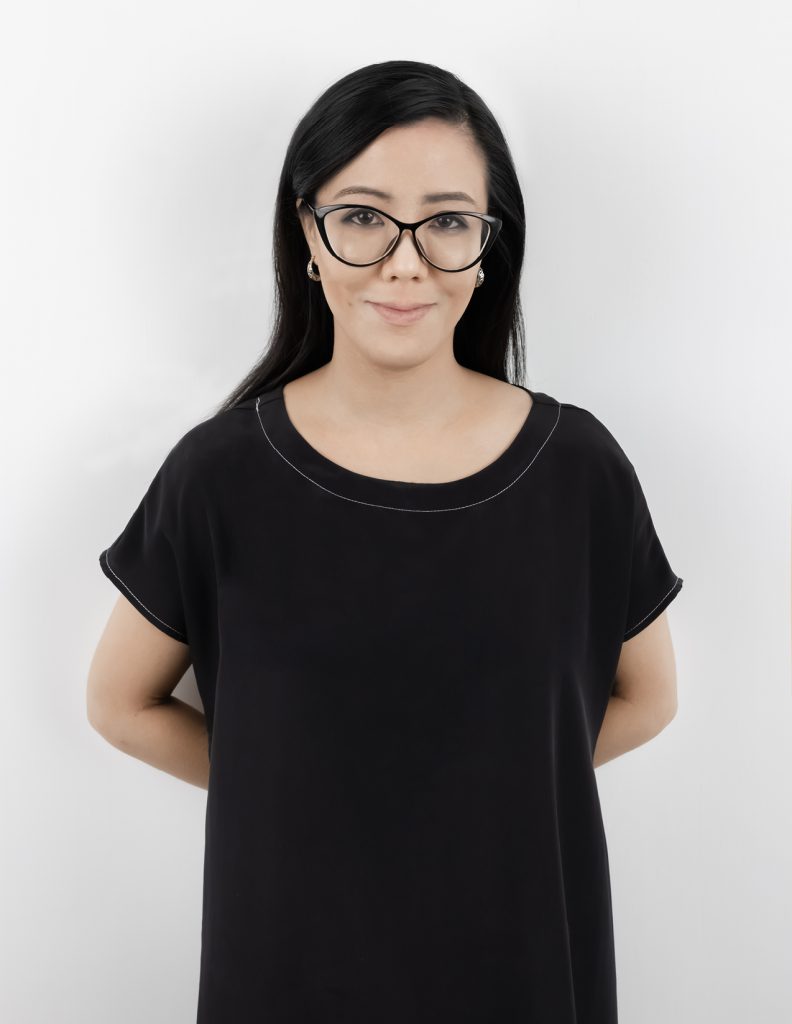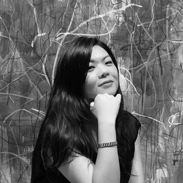This article is part of the Artnet Intelligence Report Year Ahead 2024. Through in-depth analysis of last year’s market performance, the new edition paints a data-driven picture of the art world today, from the latest auction results to the artists and artworks leading the conversation.

What three words describe the state of Hong Kong’s art market?
Discerning. Since the inauguration of Art Basel Hong Kong 10 years ago, collectors have learned more about the nuances of collecting Western art and handling relationships with Western galleries. The days of capitalizing on the naivete of Hong Kong collectors to peddle leftover stock are over. They will not pay top dollar for second-rate material.
Involved. Collectors, galleries, and artists in the region have really involved themselves in the globalization, promotion, and expansion of the Asian cultural capital.
Collaborative. I’ve worked in the world’s three major art centers: New York, London, and Hong Kong. Nowhere have I experienced a city that is as collaborative as Hong Kong. Perhaps it is because we were all stuck in this tiny city for the past three years due to Covid, but collectors, galleries, and artists all work together to aid each other in whatever is needed.
What was the most surprising development in the Hong Kong art scene in 2023?
The number of new galleries that have popped up. Despite three years of heavy lockdowns, Hong Kong has still maintained a steady rise in galleries outside of the city wanting to open here.
We’ve heard a lot about speculators leaving the market, which has led the art market in Asia to take a hit. What is the outlook for 2024?
Fewer speculators means more collectors. When you weed out those who just take an interest in art for investment’s sake, there will be a slight decline on the commercial side, but fewer speculators will also lead to better-quality artworks on the market. Thus, quality will determine the sustainability of the galleries in the region.

Guests gathered at Art Basel Hong Kong in 2023. It was the fair’s largest edition since 2019. Courtesy Art Basel.
Many have questioned if Hong Kong can retain its crown as Asia’s art hub in recent years. What is your take?
Hong Kong has proven time and time again that it is not going anywhere. All the major auction houses, galleries, and museums are in Hong Kong and the city’s financial system is structured for trade of goods to be as simple as possible (multicurrency accounts, Hong Kong dollar pegged to U.S. dollar, all major flagship bank locations). The city is also designed to be as easy for visitors to navigate as possible: English is spoken, Google, Uber, etc. all exist, the MTR underground train system is easy and reliable. Hong Kong is also within four hours of any major collecting city [in Asia]. That being said, why must there be one hub? The West has many hubs, so why are we constantly forcing Asian cities to compete against each other?
How has the international perception of artists from Hong Kong and the rest of Asia changed in recent years?
The local art scene has changed and brought the artists and institutions with it. The art world recognizes that Asia is part of it and that it cannot be ignored; Asian art is not just Ming dynasty furniture. Any true collection, public or private, cannot be complete without Asian contemporary art.










